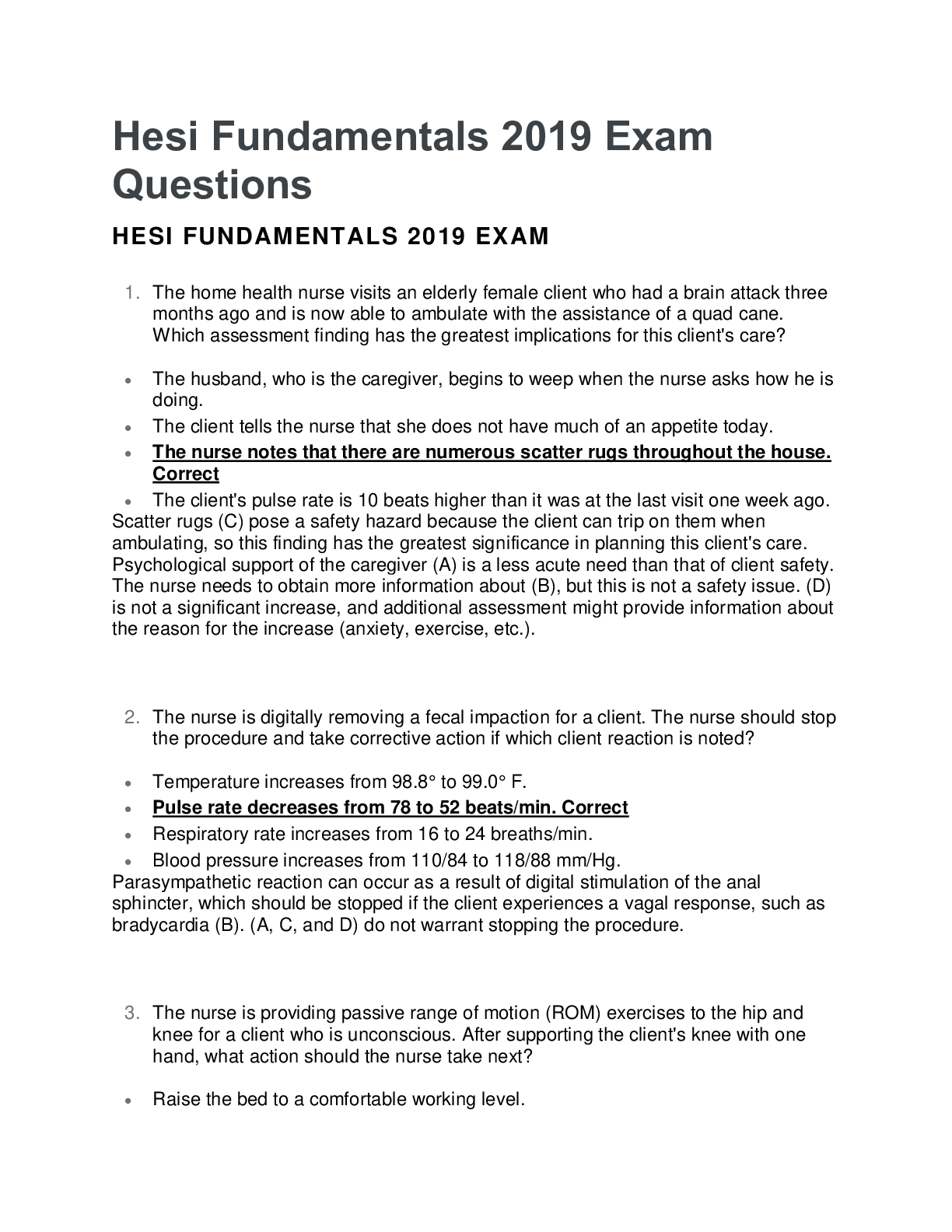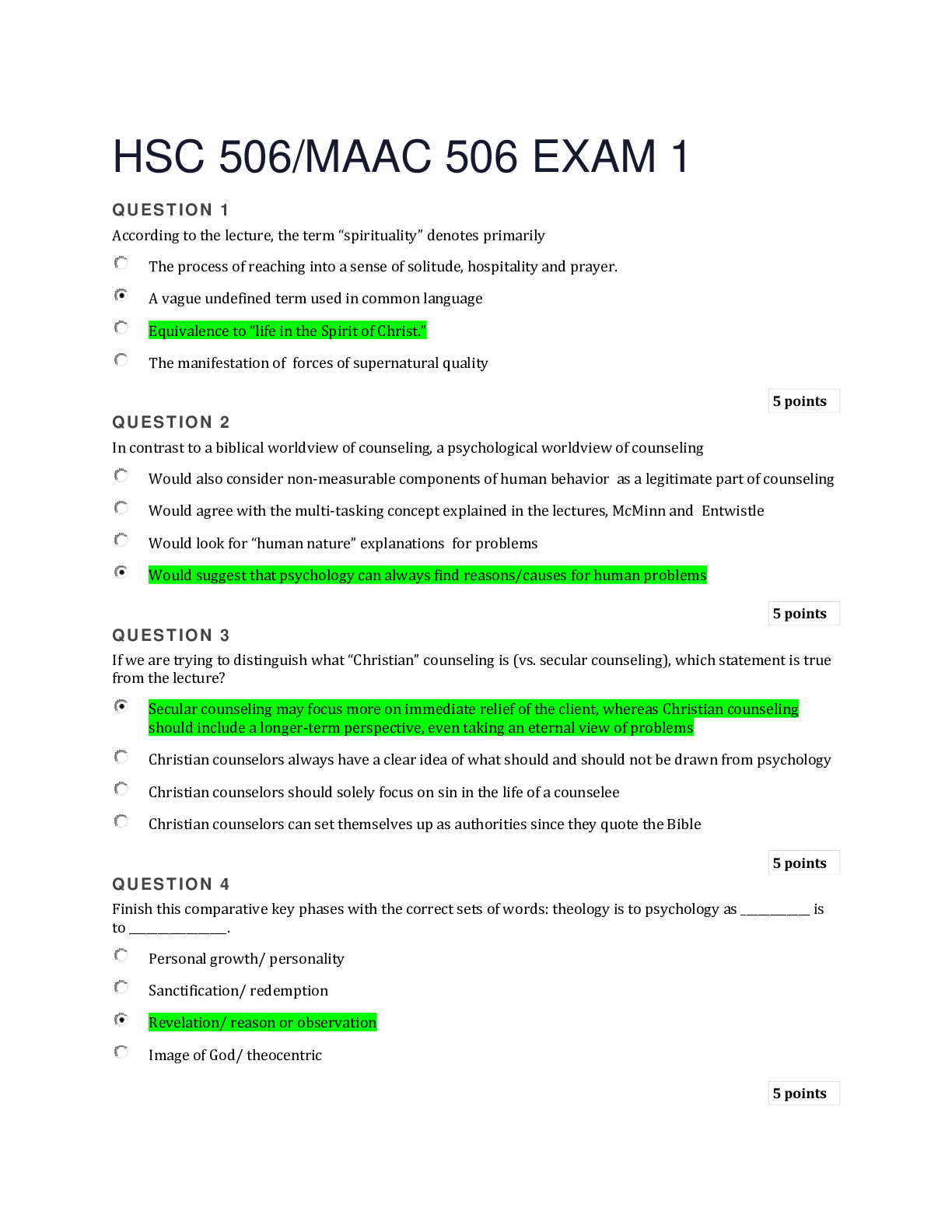Biology > EXAM REVIEW > BIO 201 Anatomy Final Exam Questions and Answers |anatomy final-Straighterline (All)
BIO 201 Anatomy Final Exam Questions and Answers |anatomy final-Straighterline
Document Content and Description Below
Topic 2 Question 1 Correct 1.75 points out of 1.75 Not flaggedFlag question Question text Isotopes of the same element have Select one: a. the same number of neutrons but different numbers of ... protons. b. different numbers of protons and electrons. c. the same mass number. d. the same atomic number but differ in their mass numbers. Correct e. no mass number. Feedback The correct answer is: the same atomic number but differ in their mass numbers. Question 2 Incorrect 0.00 points out of 1.75 Not flaggedFlag question Question text The mass number of an atom is the number of Select one: a. protons in the atom. b. neutrons in the atom. c. protons plus electrons in the atom. d. electrons plus neutrons in the atom. Incorrect e. neutrons plus protons in the atom. Feedback The correct answer is: neutrons plus protons in the atom. Question 3 Correct 1.75 points out of 1.75 Not flaggedFlag question Question text Sodium chloride is considered a(n) Select one: a. molecule. b. compound. Correct c. molecule and a compound. d. element. e. ion. Feedback The correct answer is: compound. Question 4 Correct 1.75 points out of 1.75 Not flaggedFlag question Question text Covalent bonds form when Select one: a. atomic nuclei fuse. b. molecules become ionized. c. neutrons are transferred from one atom to another. d. protons are lost from atoms. e. electrons are shared between two atoms. Correct Feedback The correct answer is: electrons are shared between two atoms. Question 5 Correct 1.75 points out of 1.75 Not flaggedFlag question Question text The number of atoms in exactly 12 grams of carbon-12 is called Select one: a. Dalton's number. b. Socrates's number. c. Avogadro's number. Correct d. Pasteur's number. e. Le Chatelier's number. Feedback The correct answer is: Avogadro's number. Question 6 Incorrect 0.00 points out of 1.75 Not flaggedFlag question Question text If the products of a chemical reaction contain less potential energy than the reactants, Select one: a. energy has been stored in the molecular bonds of the product. b. energy has been released by the breaking of molecular bonds. c. the reaction will be reversible without additional energy input..............................................continued [Show More]
Last updated: 2 years ago
Preview 1 out of 99 pages

Buy this document to get the full access instantly
Instant Download Access after purchase
Buy NowInstant download
We Accept:

Reviews( 0 )
$14.50
Can't find what you want? Try our AI powered Search
Document information
Connected school, study & course
About the document
Uploaded On
Aug 31, 2021
Number of pages
99
Written in
Additional information
This document has been written for:
Uploaded
Aug 31, 2021
Downloads
0
Views
101


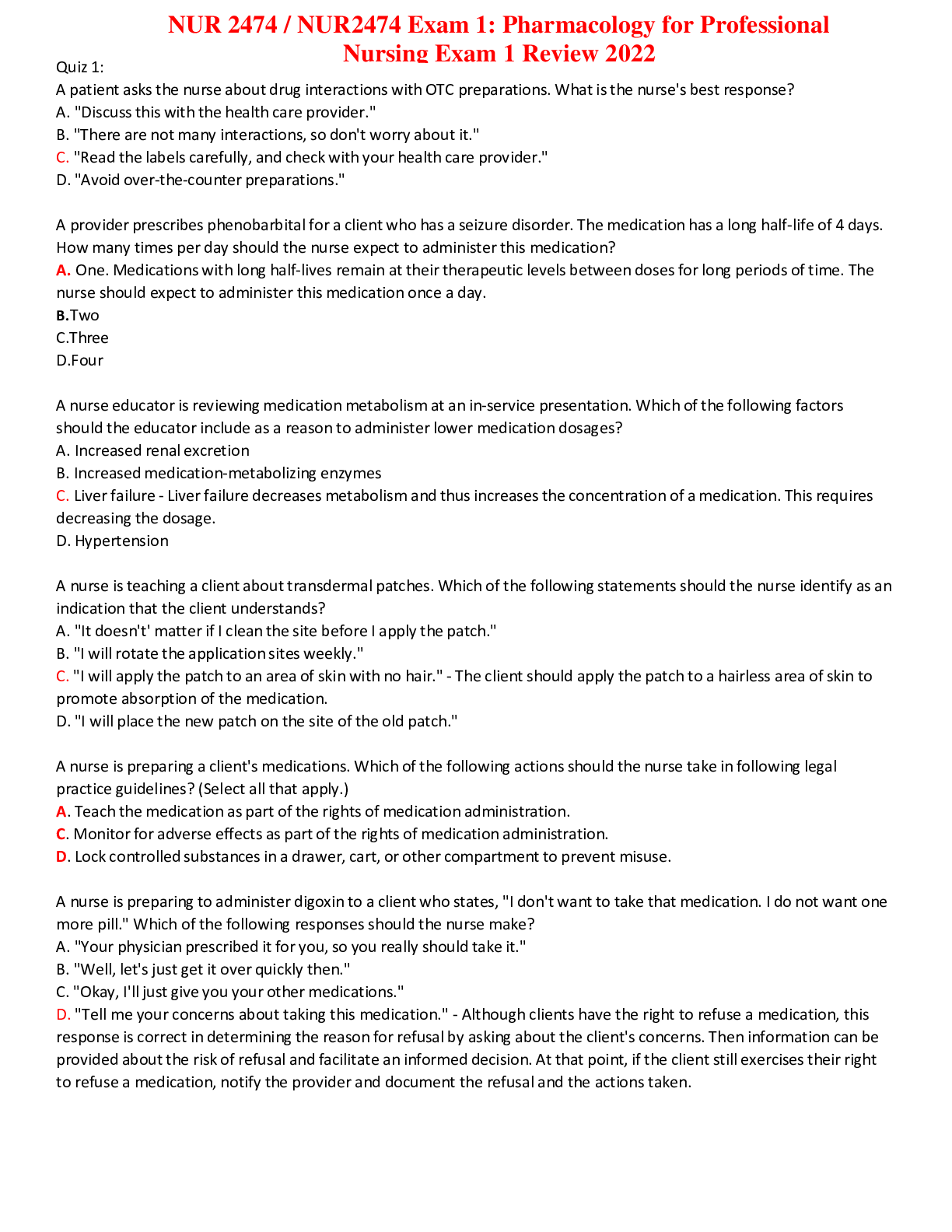


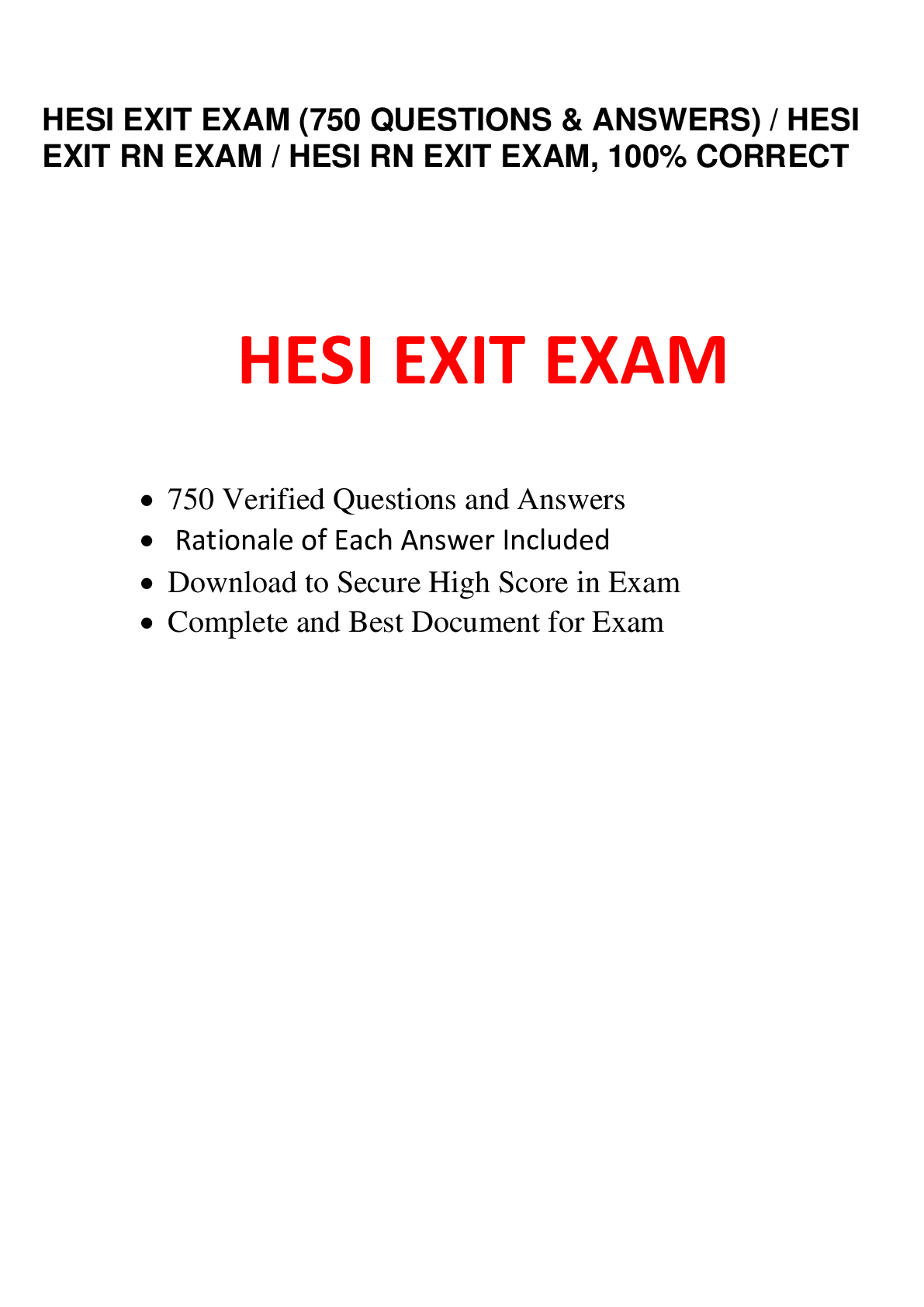
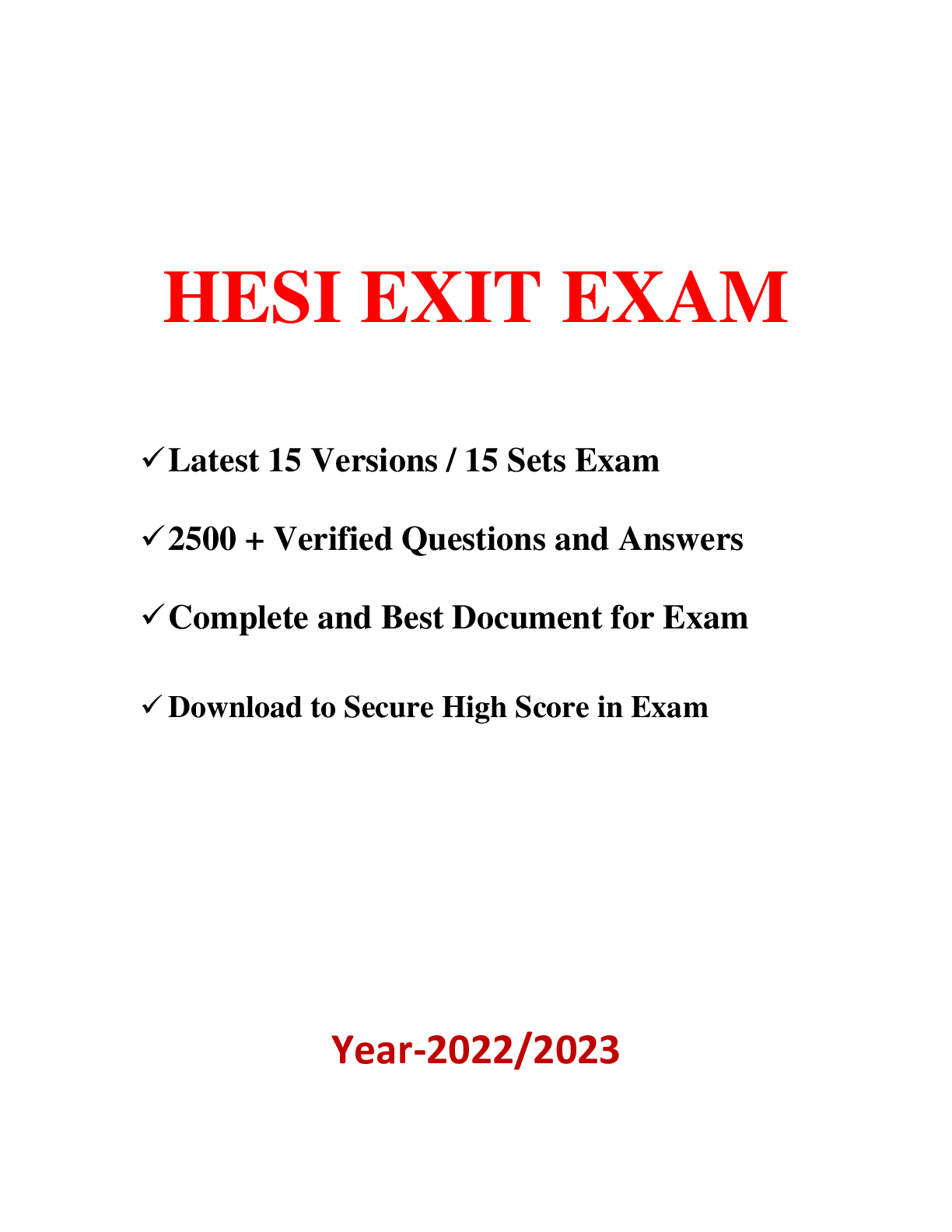
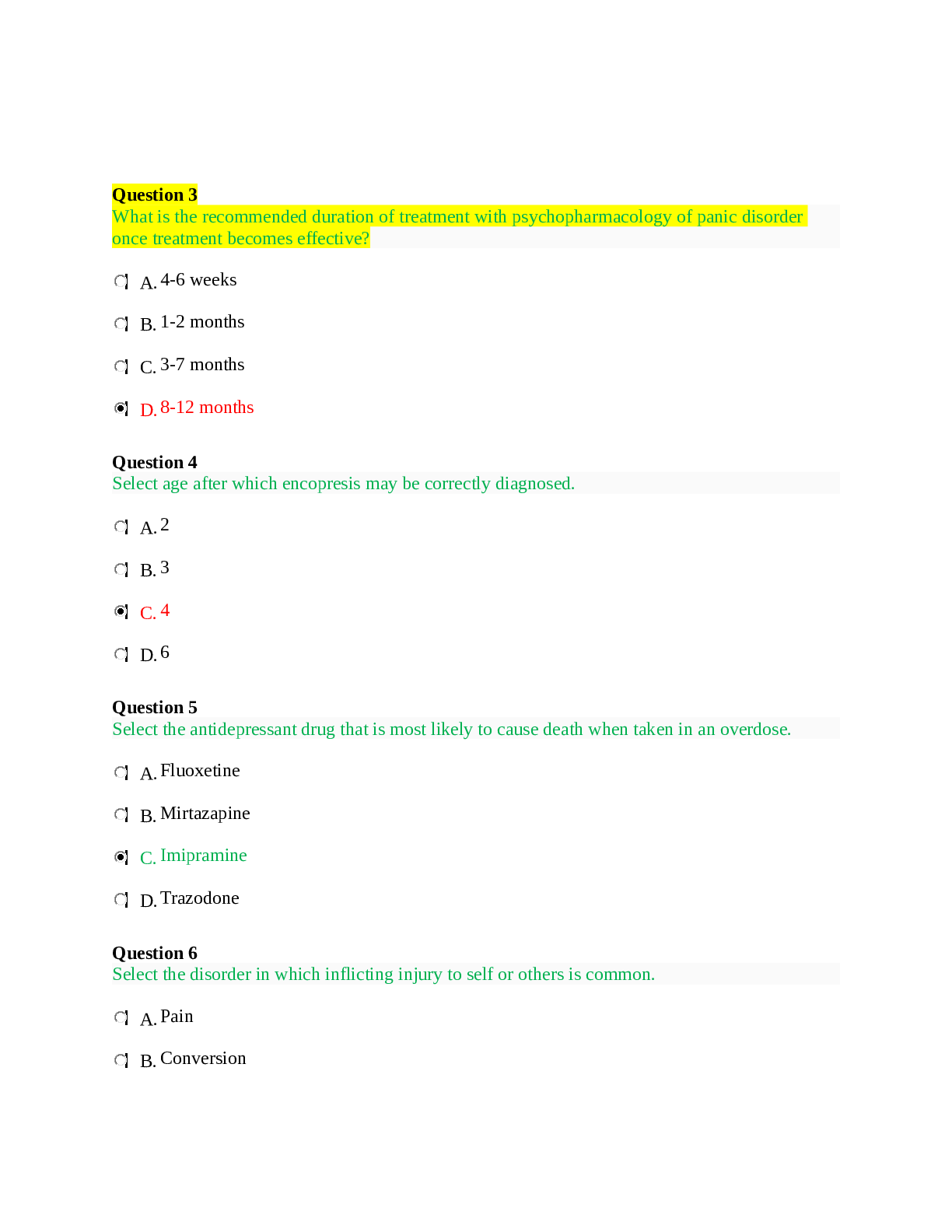



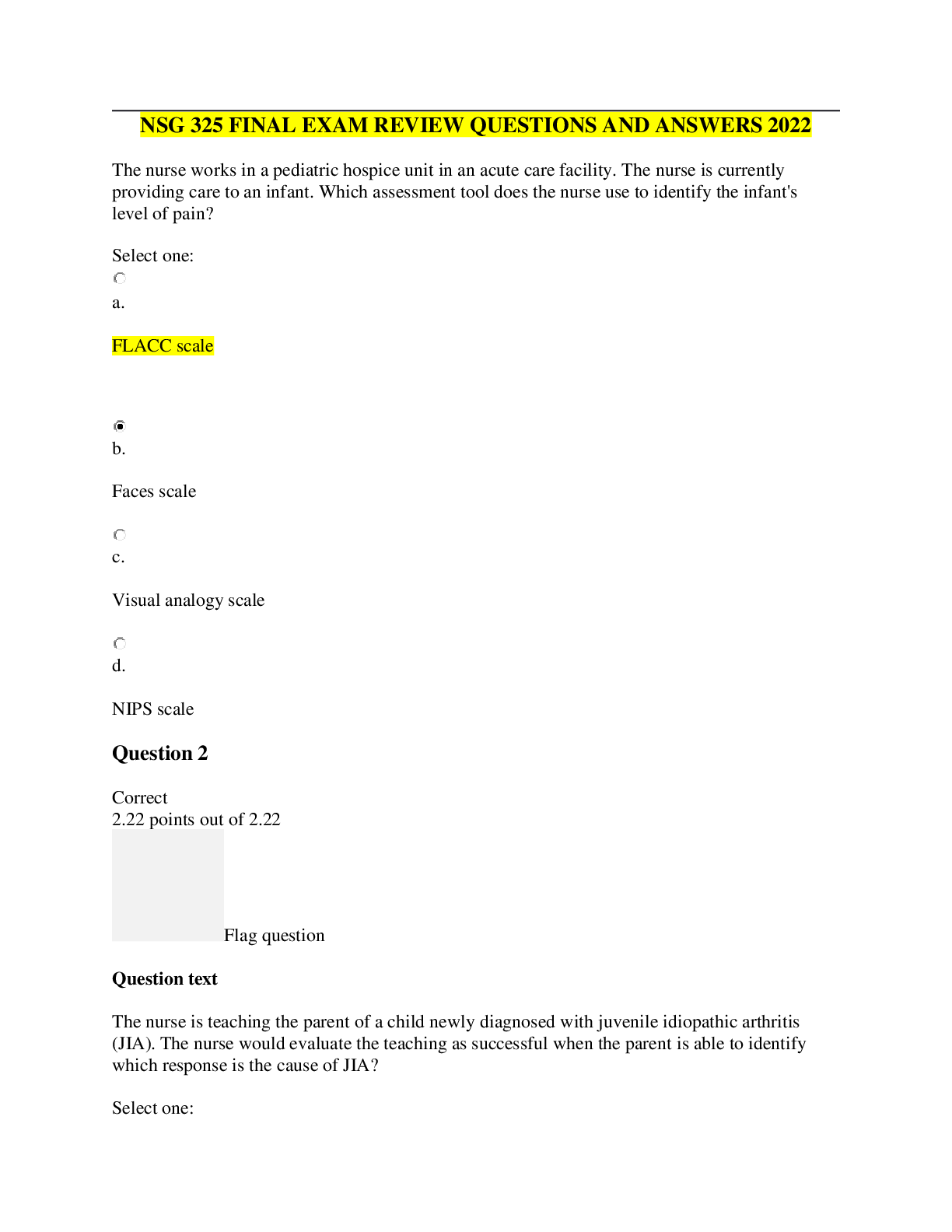
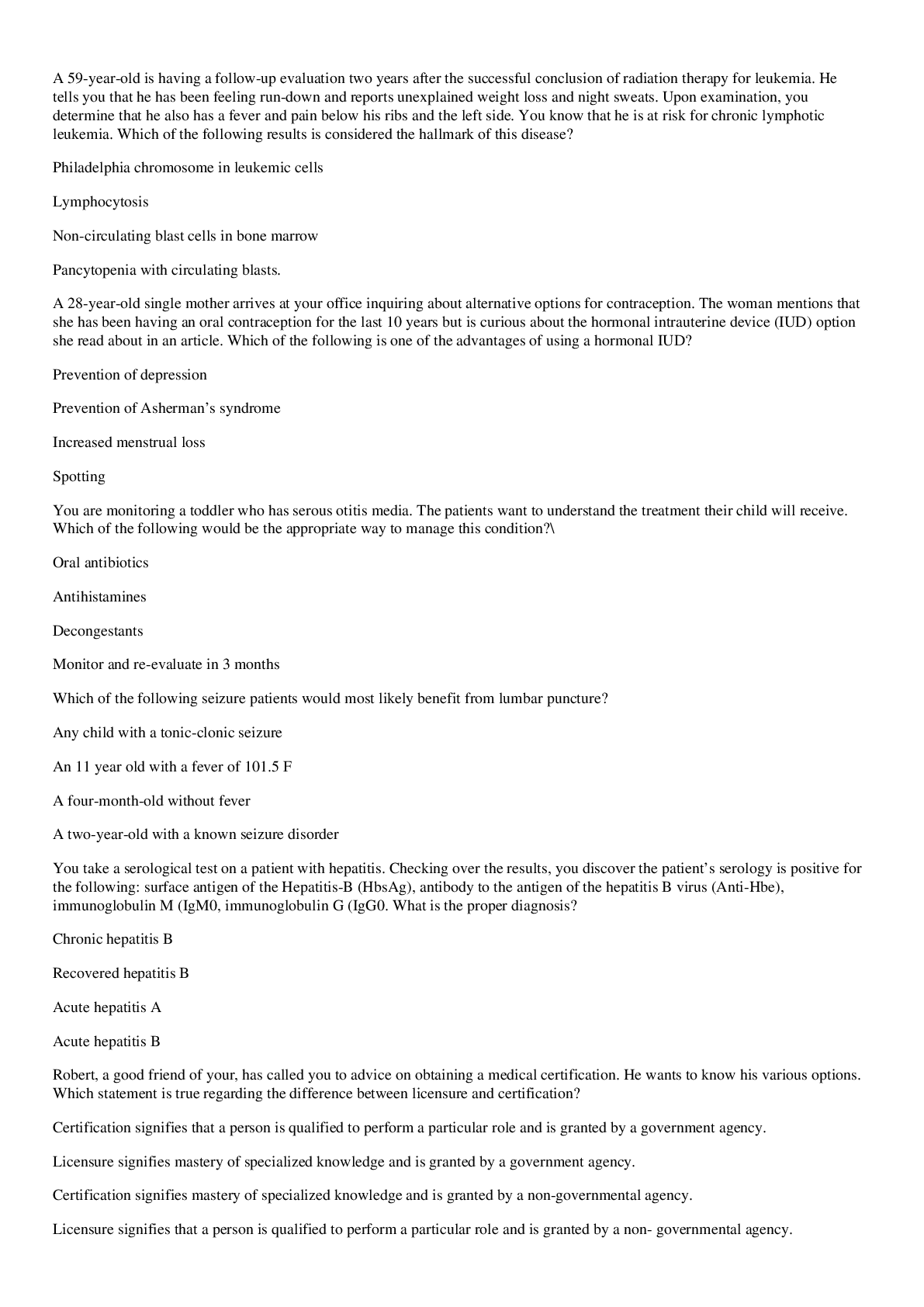
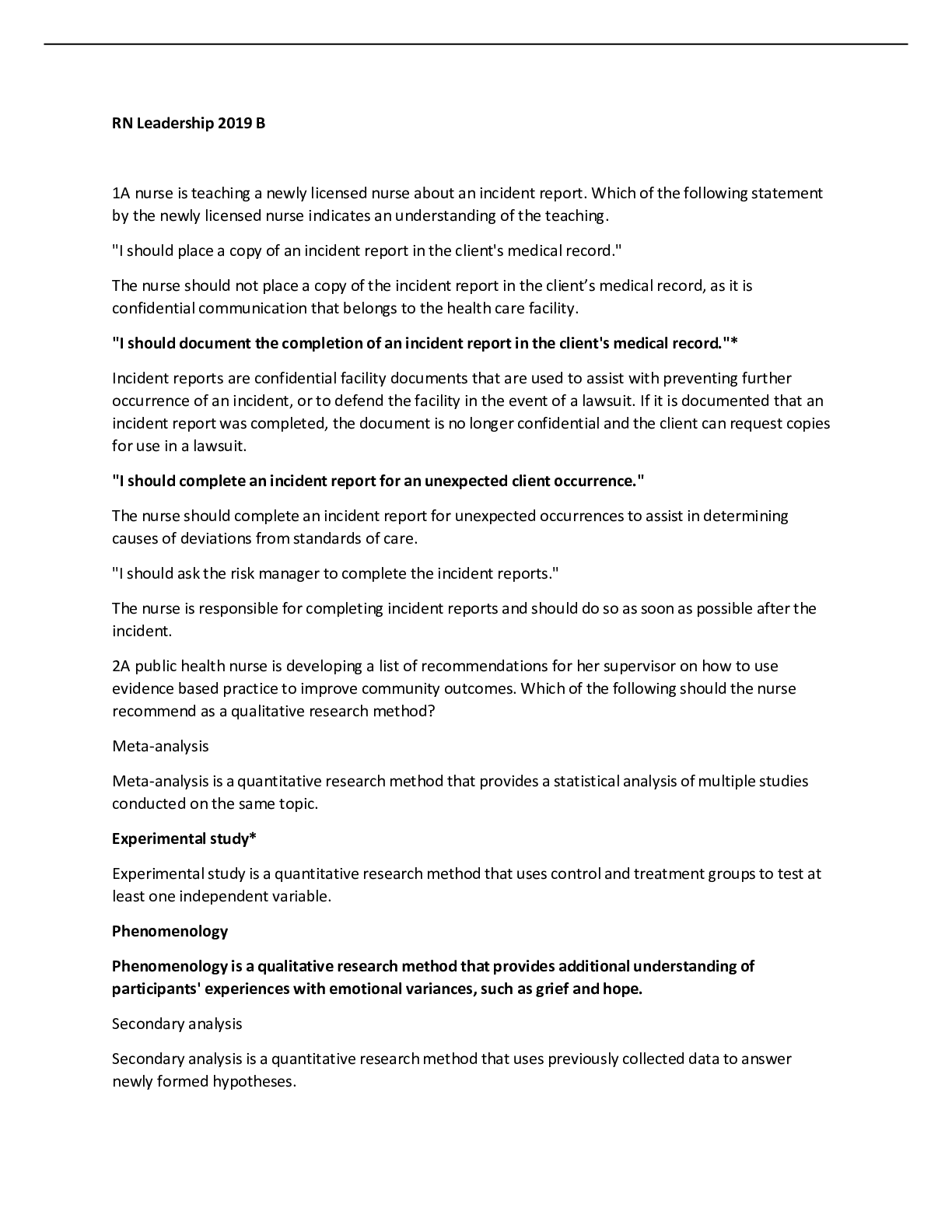
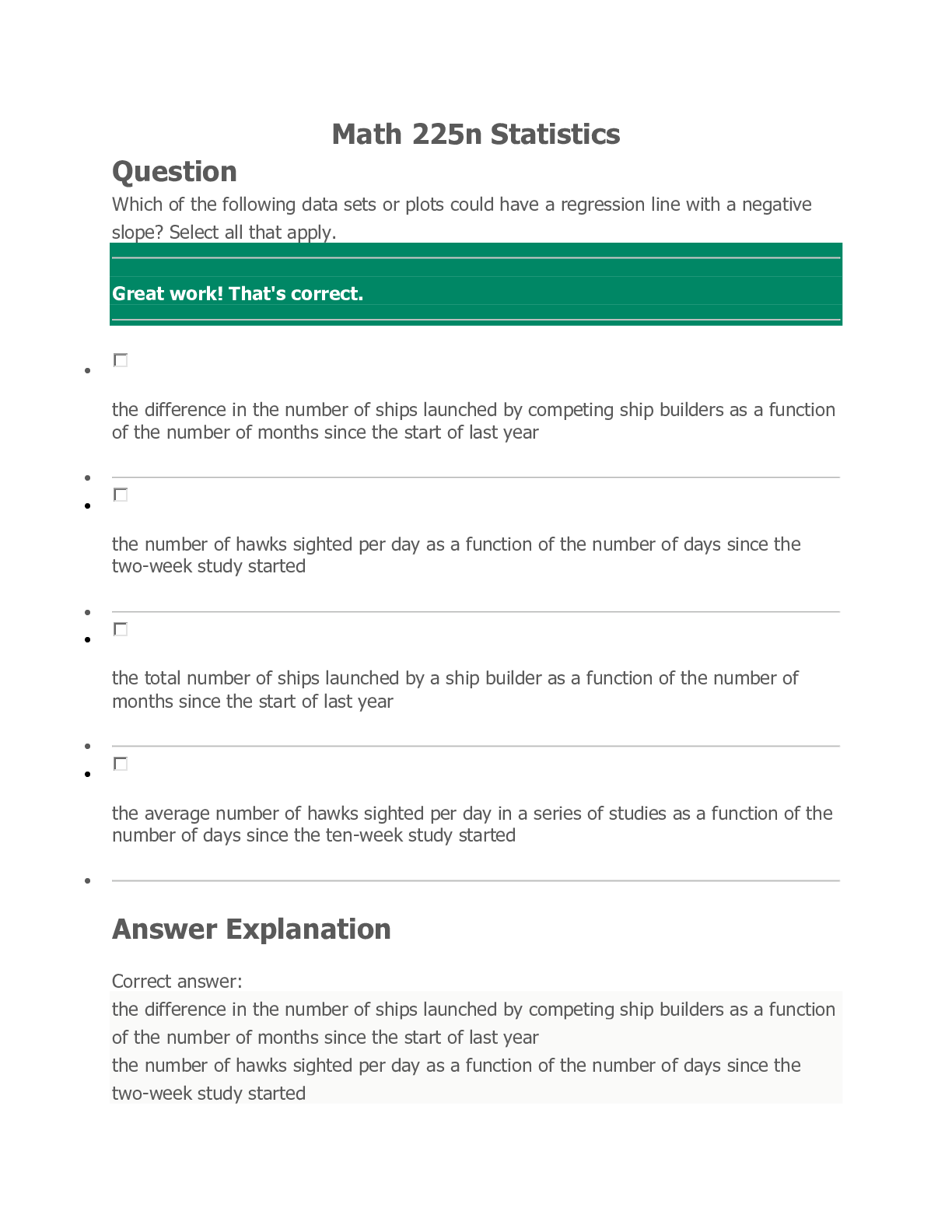



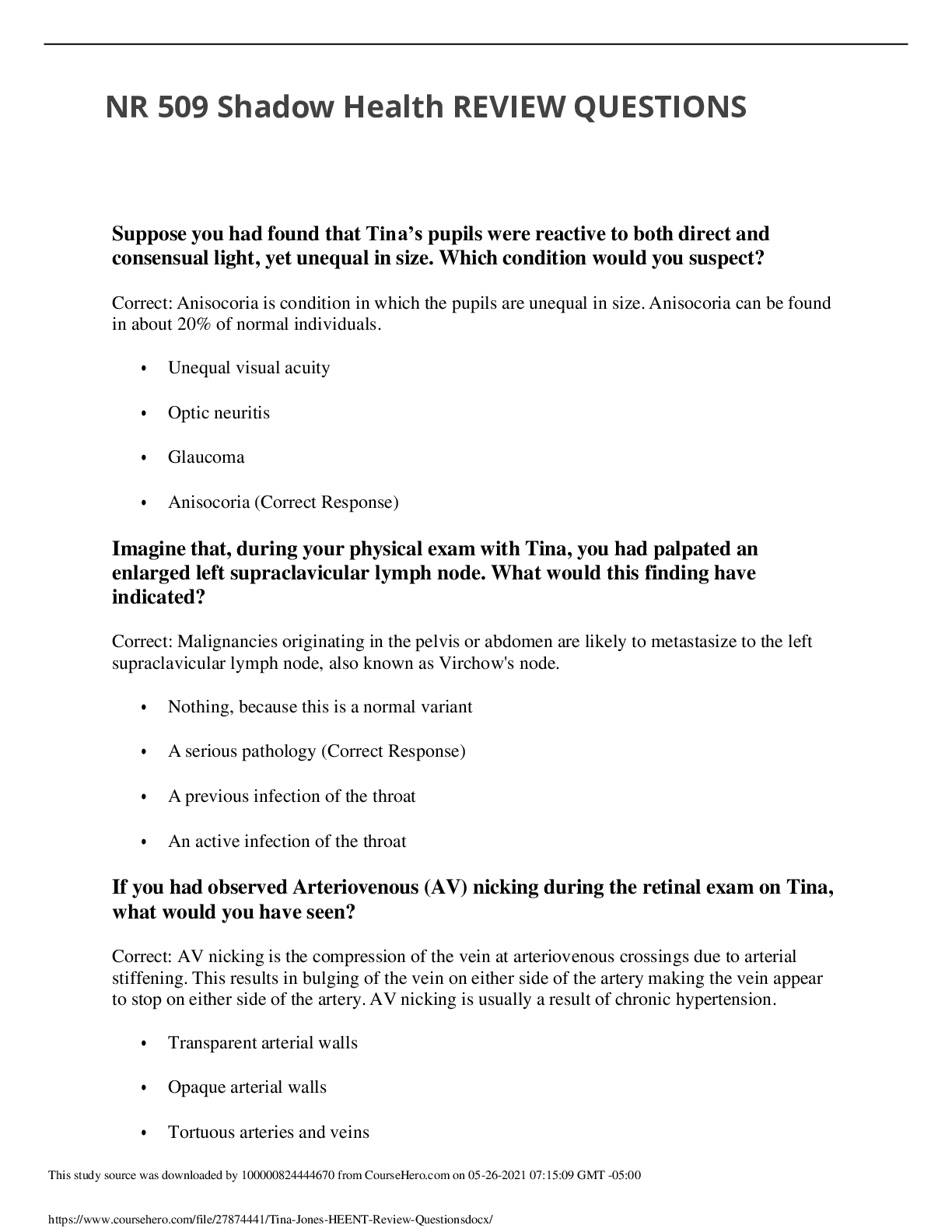
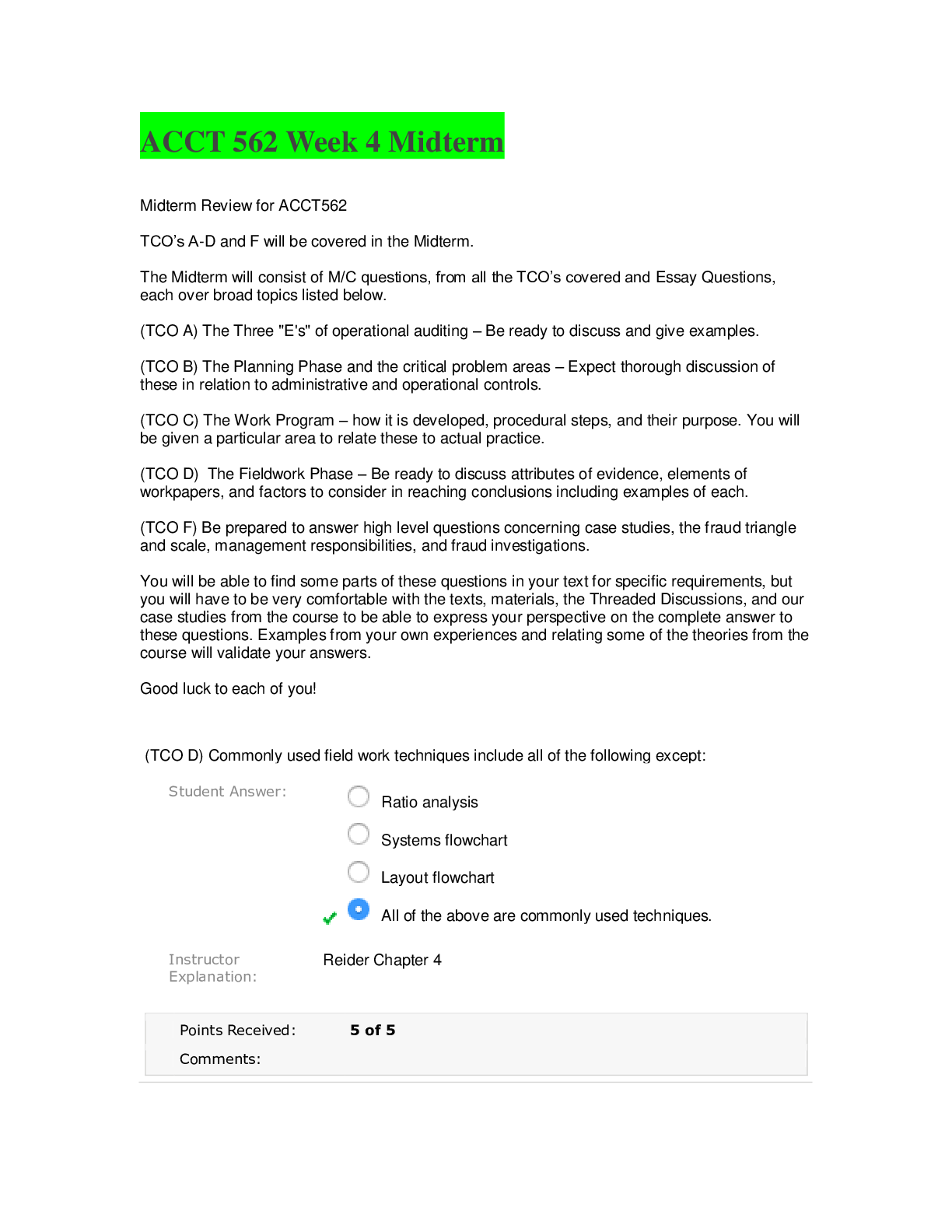
 tintin.png)


